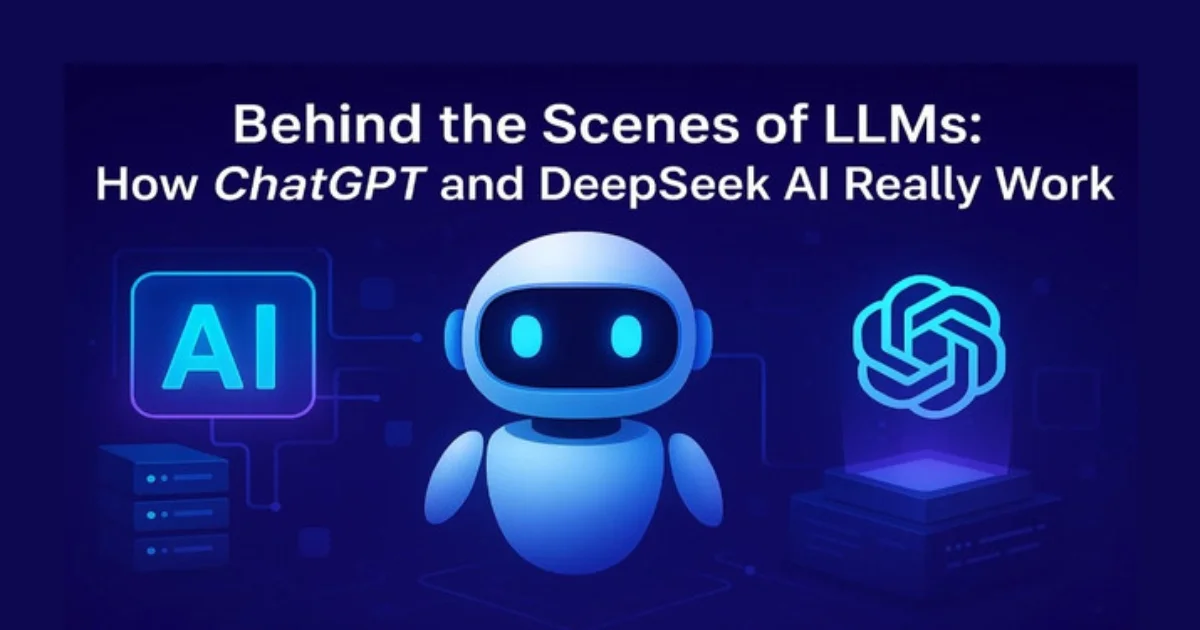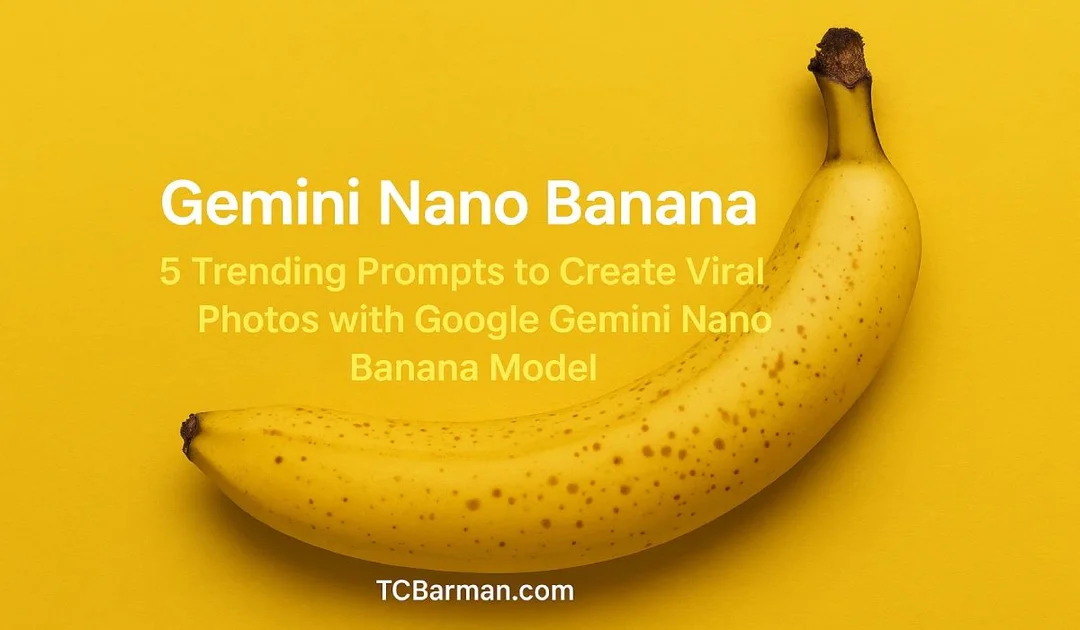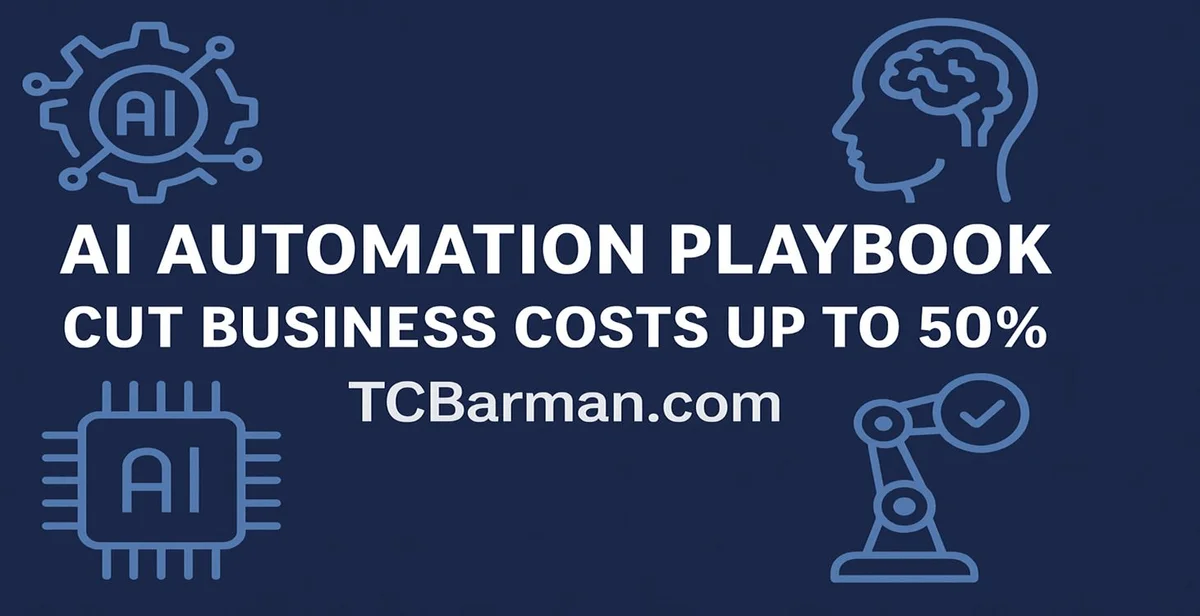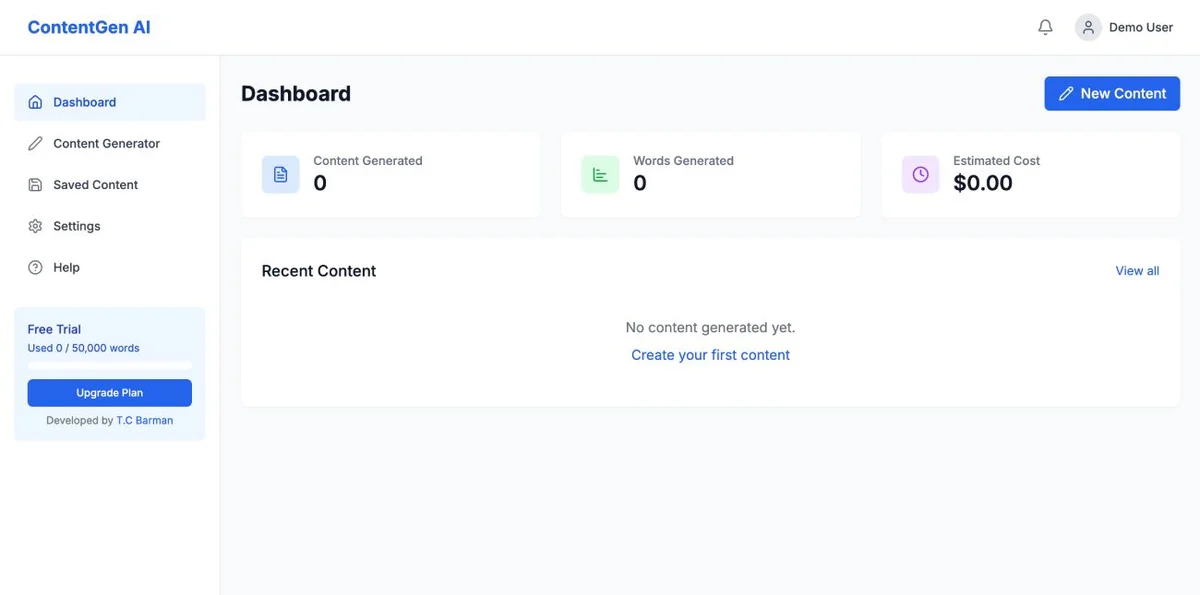Large Language Models (LLMs) like ChatGPT and DeepSeek AI have revolutionized artificial intelligence by generating human-like text. But how do they work? Let’s dive into the mechanics behind these powerful models.
🔍 What Are Large Language Models (LLMs)?
Large Language Models (LLMs) are AI systems trained on massive text corpora to understand and generate natural language. They utilize deep learning techniques, particularly transformer-based architectures, to process and predict sequences of text with remarkable accuracy.
🧩 Key Components of LLMs:
- Transformer Architecture – The foundation of modern LLMs, enabling high-performance parallel processing.
- Attention Mechanisms—These mechanisms allow the model to "pay attention" to the most relevant parts of the input context.
- Massive Training Datasets – Includes books, web content, forums, articles, and more.
- Fine-Tuning & Transfer Learning – Tailors models for specific use cases like chatbots, coding assistants, or document summarizers.
⚙️ How ChatGPT and DeepSeek AI Process Text?
These models follow a multi-step pipeline to understand and respond to user queries.
- Tokenization – Splits input text into smaller pieces (tokens) for analysis.
- Contextual Understanding – Evaluates relationships between tokens to infer meaning.
- Next-Token Prediction – Calculates probabilities for the most likely next word.
- Response Generation – Constructs a coherent output based on all prior steps.
💡 Example: How ChatGPT Answers a Simple Question
Input: "What is the capital of France?"
-
Model Analysis: Recognizes question intent and retrieves relevant information.
-
Output: "The capital of France is Paris."
The result is a fluent and fact-based response using pattern recognition and contextual learning.
⚠️ Challenges in LLM Development
Despite their capabilities, LLMs like ChatGPT and DeepSeek face several limitations:
- Bias & Fairness – Outputs can reflect harmful or unintended biases in the training data.
- High Computational Costs – Requires powerful hardware and energy to train and run.
- Hallucinations – Sometimes generate plausible but factually incorrect responses.
🚀 The Future of Large Language Models
Exciting advancements are shaping the next generation of AI language systems:
- Multimodal AI – Integrating text, images, video, and audio into a single model.
- Smaller & Smarter Models – Optimizing for efficiency without sacrificing intelligence.
- Ethical AI Development – Emphasizing transparency, control, and responsible use.
✅ Conclusion
LLMs like ChatGPT and DeepSeek AI combine neural networks, vast knowledge bases, and fine-tuned training to create advanced AI interactions. By understanding how these models work, users can make more informed decisions about using them, and developers can work to improve their fairness, reliability, and performance.
👉 Want to see it in action? Explore platforms like OpenAI’s ChatGPT or DeepSeek AI to experience the power of LLMs firsthand!



